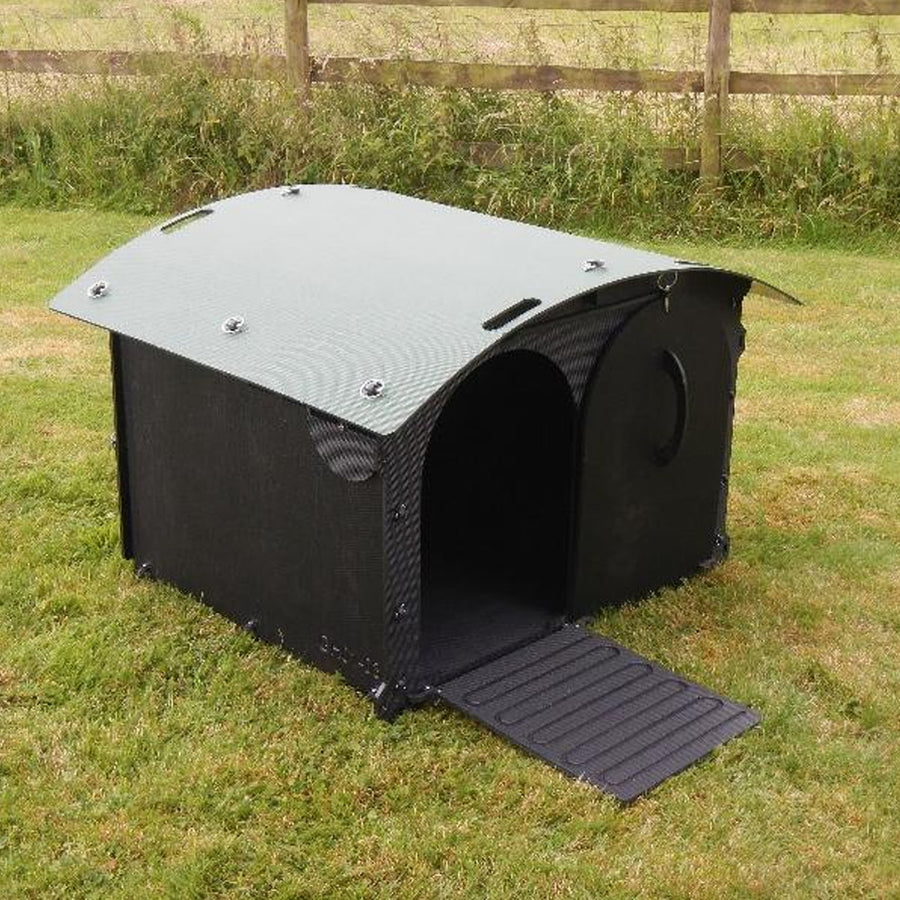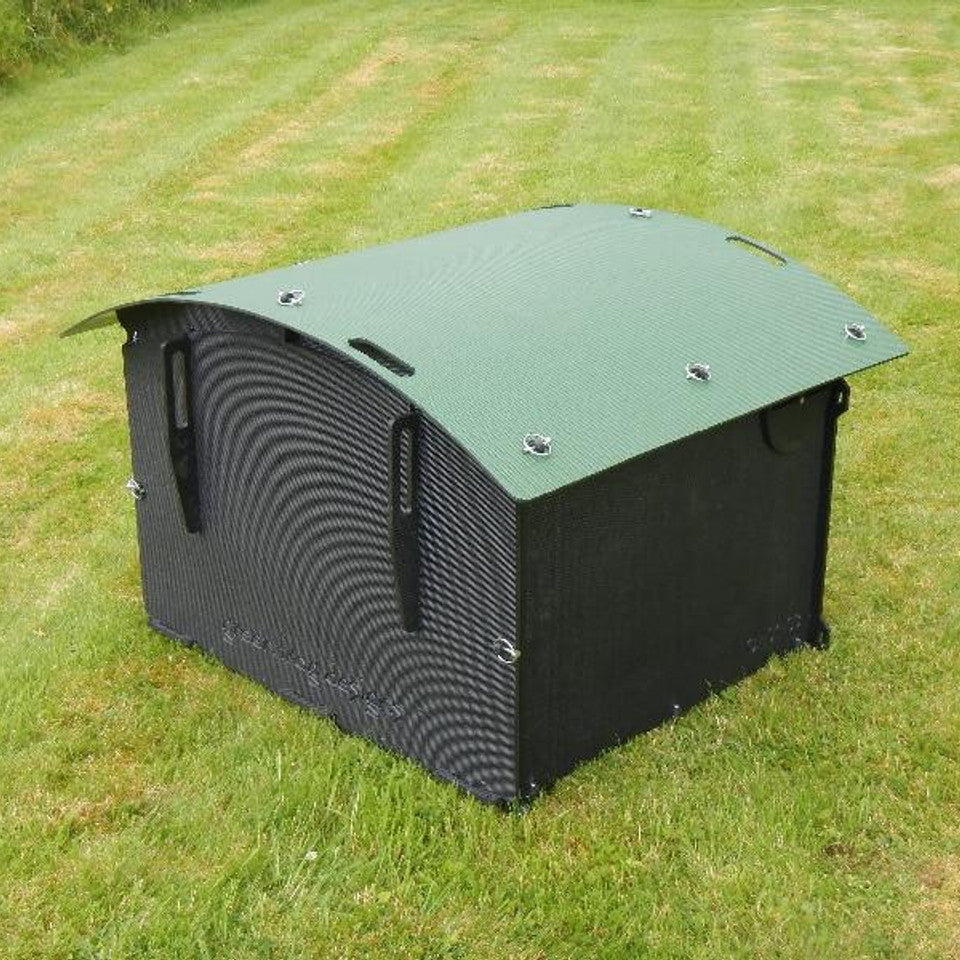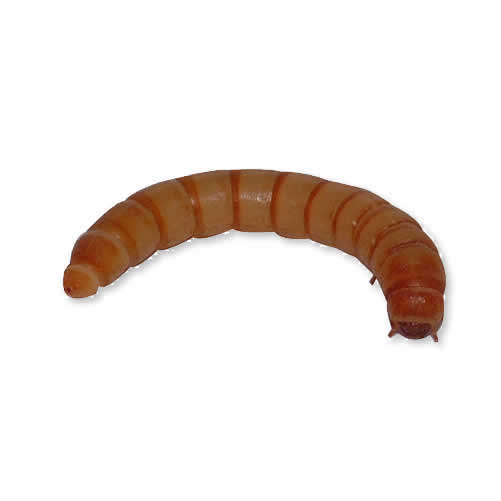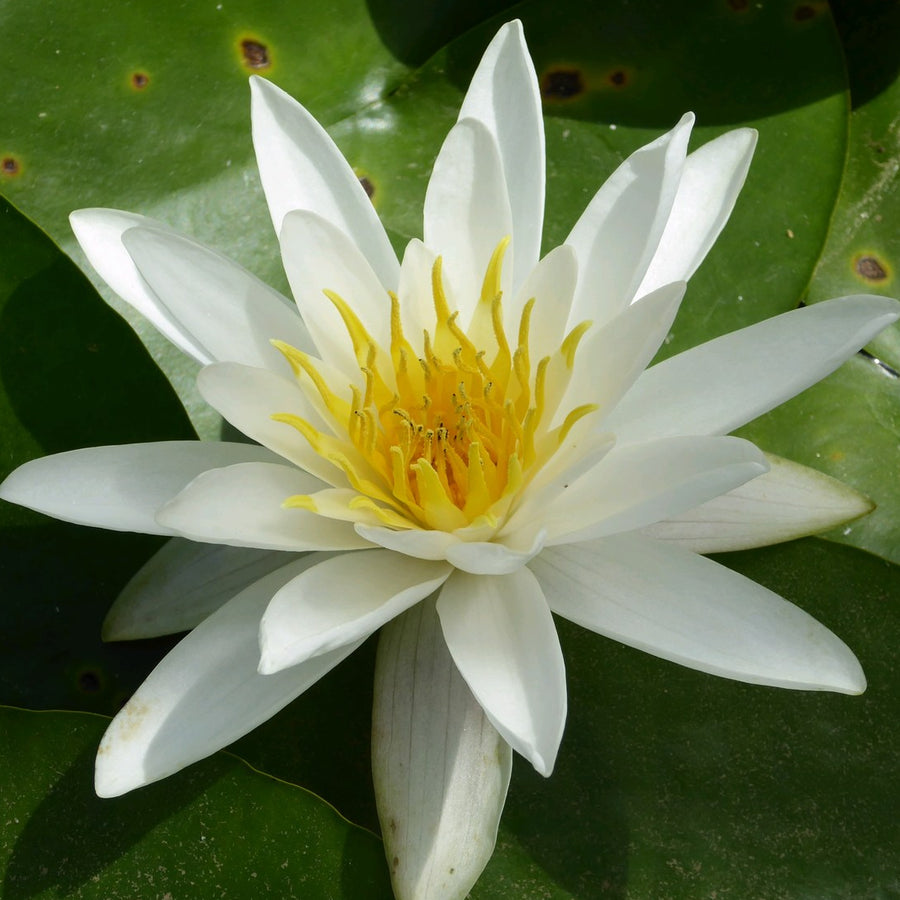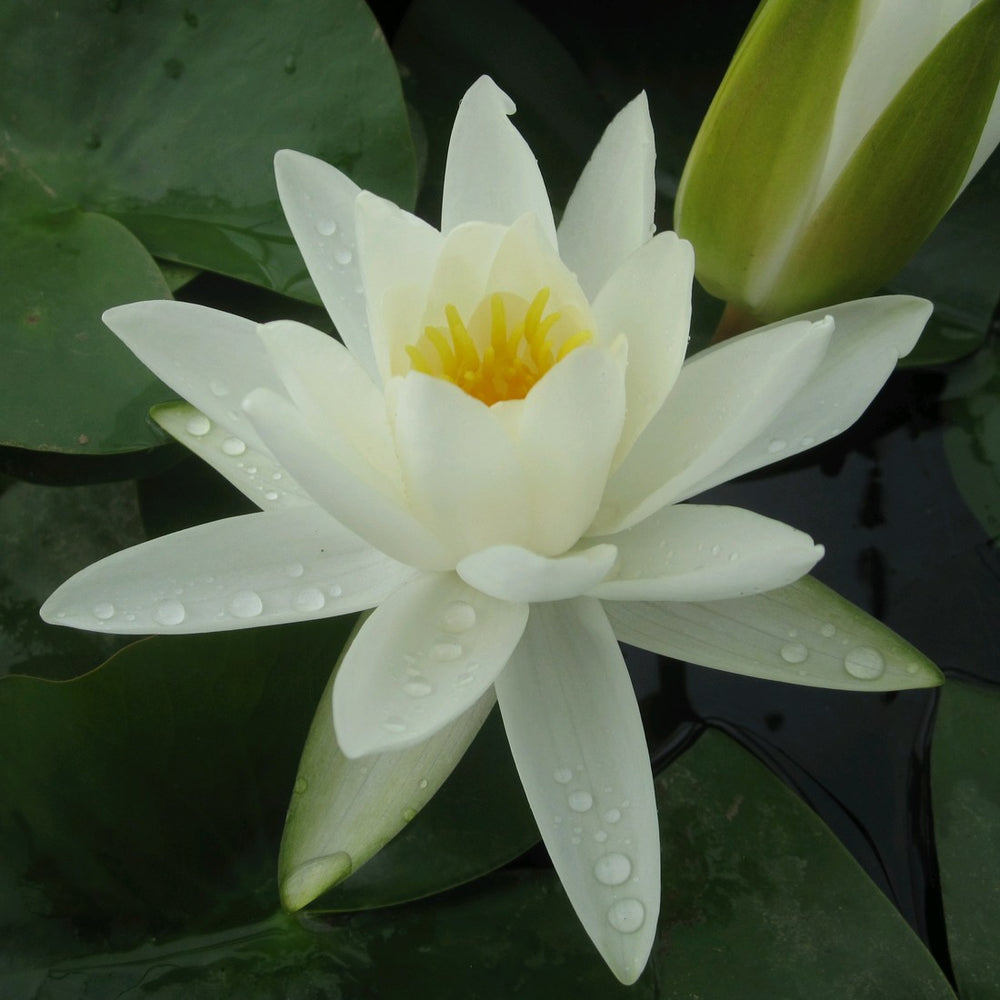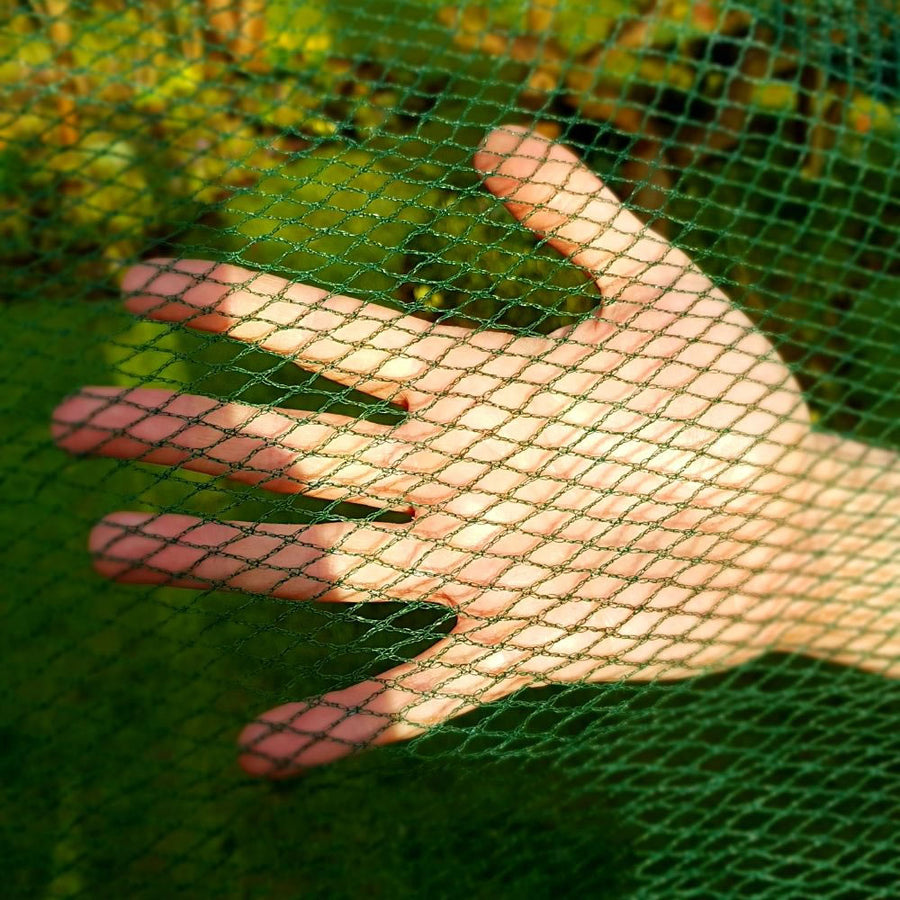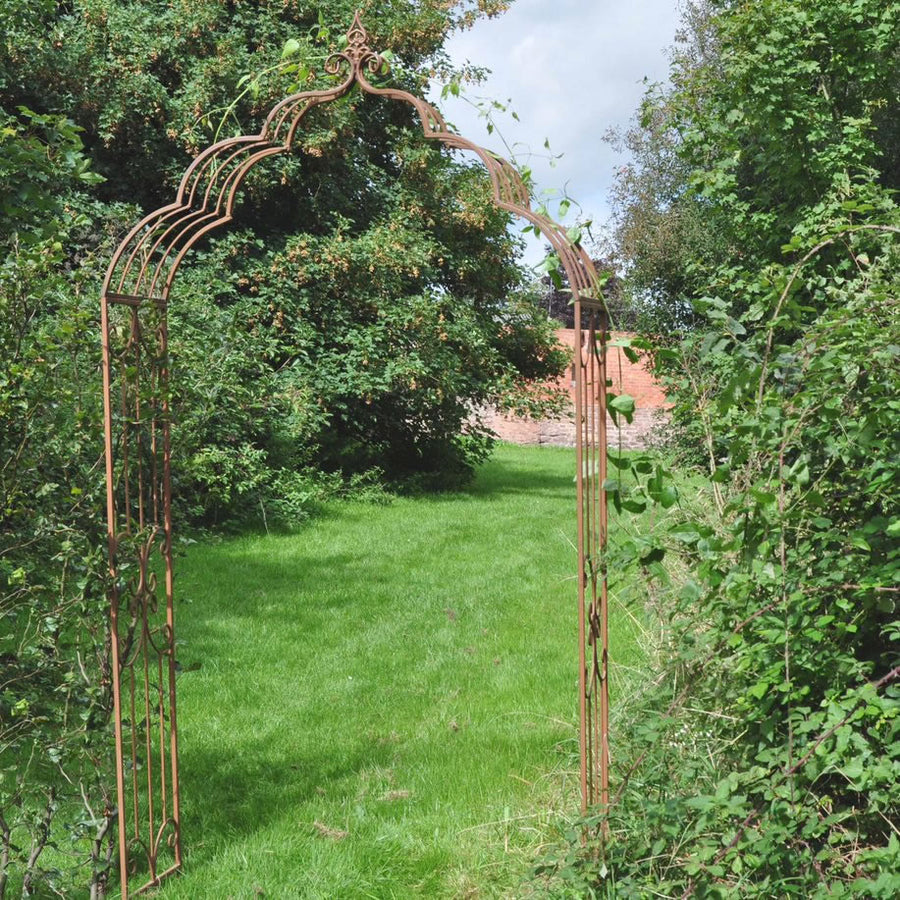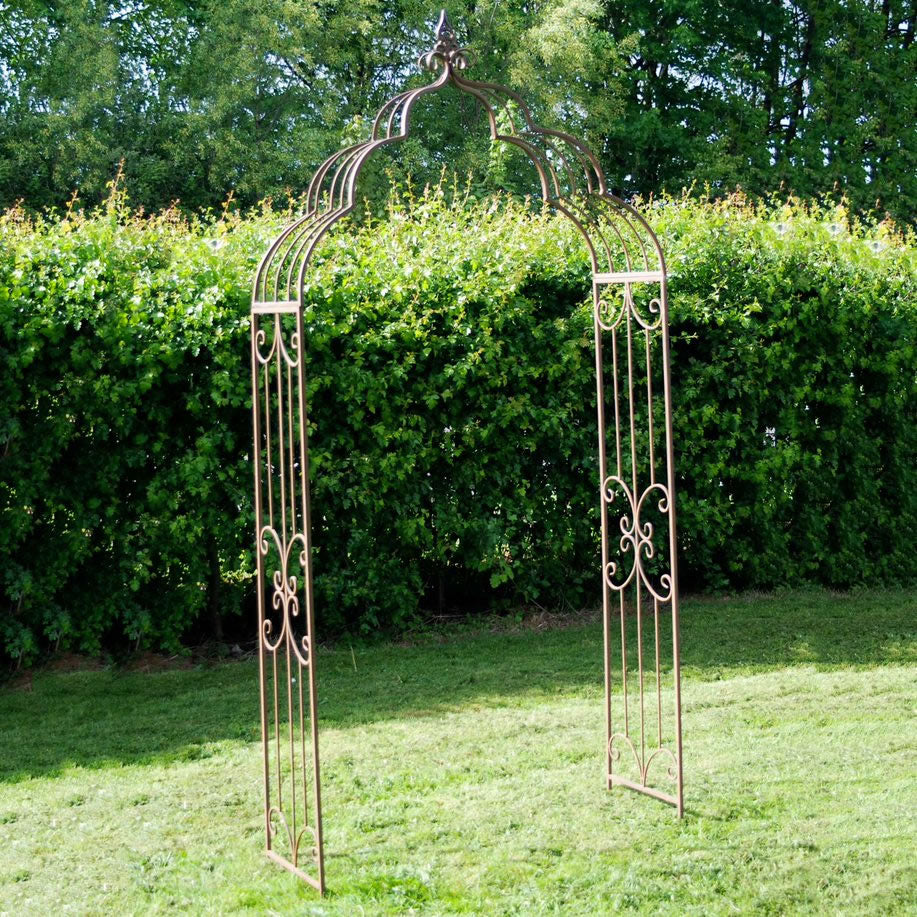Where to Put a Hedgehog House for Garden Visitors

Where to put a hedgehog house is one of the most important things to consider if you're hoping to support these charming, endangered visitors in your garden. With UK hedgehog numbers in decline, offering a safe, well-placed shelter can make all the difference.
The best spot is somewhere quiet, shaded, and tucked away, beneath a dense shrub, behind a shed, or along a fence line, out of direct sun and cold winter winds. A well-positioned house can become a seasonal sanctuary, offering hedgehogs a place to nest, hibernate, or raise young.
Get the placement wrong, and even the best-built house might stay empty. But get it right, and you could be helping hedgehogs thrive for years to come! Choosing the ideal location means taking changing seasons, natural behaviours, and common garden hazards into consideration.
3 Tips on Where to Put a Hedgehog House

Location, location, location. It really does matter, even to our garden wildlife friends. A hedgehog house needs to be placed carefully to give these charming visitors the peace and protection they need, whether they’re nesting, resting, or hibernating. The British Hedgehog Preservation Society also has expert advice on providing safe and welcoming hedgehog homes.
1. Choose the Right Spot
Back gardens are usually best, as they’re calmer and less exposed than front gardens. Hedgehogs favour shady, undisturbed areas where they can rest in safety during daylight hours. Too much sun can overheat the house, especially in summer.
Best placement options for the house include:
-
Under thick shrubs or hedgerows
-
Behind sheds or outbuildings
-
In quiet corners where fences or walls meet
-
Avoid the direction of strong sunlight
Make sure the entrance faces away from the wind and rain. A dry, cool, hidden space is ideal. Interestingly, hedgehogs seem comfortable living close to us, provided we give them space to come and go undisturbed!
2. Avoid High-Traffic Areas in the Garden
When choosing a spot for your hedgehog house, it’s best to avoid high-traffic areas of the garden. While hedgehogs can tolerate nearby human presence, they tend to steer clear of spaces with frequent disturbance. Try not to place the house near busy pathways, patios, washing lines, or children’s play equipment, as these areas often generate too much noise and movement for hedgehogs to feel safe.
Similarly, steer clear of garden gates or spots where people or pets pass by regularly. Although pets don't appear to deter hedgehogs, it's still a good idea to avoid placing the house right next to their feeding areas or favourite resting spots. Aim for a quiet, undisturbed corner of the garden that won’t be disrupted by regular maintenance like lawn mowing or hedge trimming. Hedgehogs value consistent, peaceful access to their shelter.
3. Protect from Predators and Disturbance
To help hedgehogs feel safe and secure in your garden, it’s important to consider protection from potential predators and general disturbance. Avoid leaving hedgehog food near the house as it can attract predators and also create competition for the house's residents. While badgers pose the most serious threat, they don’t always deter hedgehogs from using a house, especially if it’s positioned wisely.
Placing hedgehog houses closer to human activity and away from wild boundary edges can reduce the risk of badger foraging. Foxes and domestic cats may also disturb hedgehogs, so we suggest going for tucked-away locations that offer some natural shielding.
Protective positioning tips:
-
Position the back of the house against a solid wall, fence, or shed
-
Use existing garden features (like furniture, logs, or raised beds) as natural barriers
-
Avoid exposed lawn areas with no nearby cover
-
Choose sites near hedge bottoms or borders that provide escape routes
The house entrance should allow hedgehogs a clear line of sight while still offering quick access to dense vegetation or hiding spots. A garden rich in hedgerows, compost heaps, and mixed planting not only offers protection but also provides food and alternative shelter, making your space more inviting for hedgehogs year-round.
Positioning for Seasonal Use

Hedgehogs need different conditions throughout the year, making seasonal positioning crucial for their survival. The house location should support both winter hibernation and summer nesting activities.
Winter Hibernation (November to March)
|
Positioning Consideration |
Reason |
|
Face the house away from prevailing winds and north-facing directions |
Prevents cold drafts and keeps internal temperature stable |
|
Shelter behind sheds, fences, or dense shrubs |
Creates a natural windbreak for better insulation |
|
Raise the house slightly on wooden boards or higher ground |
Improves drainage and prevents flooding |
|
Choose a dry, sheltered spot |
Keeps natural bedding like leaves and grass dry for better insulation |
|
Avoid winter sun exposure |
Prevents internal temperature fluctuations that can disrupt hibernation |
Summer Nesting (April to October)
|
Positioning Consideration |
Reasoning |
|
Place in partial shade (morning sun, afternoon shade) |
Prevents overheating while offering some natural warmth |
|
Locate near food-rich areas like compost heaps or insect-friendly zones |
Supports active foraging during the breeding season |
|
Keep away from high-traffic garden areas |
Reduces stress for nursing mothers and avoids disturbance |
|
Ensure multiple escape routes (not backed against solid barriers) |
Helps hedgehogs flee predators safely and confidently |
Common Mistakes to Avoid
Hedgehogs thrive in peaceful, dry spaces away from busy or tempting areas. Avoiding common placement errors helps ensure your hedgehog house remains inviting, safe, and undisturbed.
-
Keep feeding stations at a distance: Hedgehogs don’t like to eat and sleep in the same place. Position any feeding station at least 3–4 metres away from a hedgehog house to respect their natural habits and reduce disturbance.
-
Avoid placing houses near water sources: Bowls of water or ponds too close to the entrance can create damp, unsuitable conditions for nesting or hibernation. Allow at least 2 metres between the house and any standing water.
-
Steer clear of areas that attract other wildlife: Locations near bird feeders, pet food dishes, compost bins (keep 5+ metres away), or fallen fruit often draw rats, foxes, domestic cats and other unwelcome visitors near a hedgehog shelter.
-
Don’t tuck houses into high-traffic zones: Avoid positioning under washing lines, next to sheds or bins, or close to children’s play areas. Hedgehogs prefer to rest in secluded, quiet corners with minimal daytime disturbance.
-
Use garden cameras wisely: Hedgehog house cameras can help monitor their activity without disturbing them. Ensure they're discreetly positioned and not causing frequent flashing or sound near the entrance.
Final Thoughts

Hedgehogs are quiet little heroes and valuable allies in our gardens, helping keep slugs and insects in check while adding charm to the evening hours. As their numbers continue to decline, even small actions, like offering a safe shelter, can make a real difference. Positioning a well-built hedgehog house in the right spot gives them a place to rest, nest, or hibernate in safety.
If you want to do more to help them but you’re unsure where to start, our blog on Garden Hedgehogs and How You Can Help Them offers everything you need to know - from feeding tips to seasonal care. A little care now could mean a hedgehog returns to your garden year after year. It’s a rewarding way to give something back to nature! At Garden Wildlife we have a Hedgehogs collection for anything you may need to keep these garden visitors safe.
Frequently Asked Questions
What is the best location to place a hedgehog house in the garden?
The best place to put a hedgehog house is in a quiet, shaded area, ideally concealed under shrubs or against a fence. Hedgehogs often choose spots within five metres of a home. Shade keeps the house cool and comfortable for resting during the day.
What time of year is most suitable for installing a hedgehog house?
Spring is the best time to place a hedgehog house. It gives hedgehogs time to explore and settle in before hibernation. Early placement means it’s more likely to be used come autumn.
What do hedgehogs eat?
Offering specialist hedgehog food boosts the chances of them moving into a hedgehog shelter, but if you simply want to feed them, provide fresh water and food, but never bread or milk. Read up about their eating habits in What do Hedgehogs Eat.
Signs a hedgehog has moved in include droppings near the entrance and disturbed bedding. Well-worn paths or small tunnels nearby suggest regular visits. A quiet daytime check or a hedgehog house camera
How will I know if a hedgehog has taken up residence in their new hedgehog house?
Signs a hedgehog has moved in include droppings near the entrance and disturbed bedding. Well-worn paths or small tunnels nearby suggest regular visits. A quiet daytime check or a hedgehog house camera can reveal if the house has a new resident!
Will hedgehogs hibernate in the garden hedgehog house?
Yes, if the conditions feel just right. A well-placed hedgehog house with a sheltered entrance tunnel offers the quiet, insulated space hedgehogs need for winter. If the house is dry, undisturbed, and tucked into a quiet corner, there's a good chance a hedgehog will choose it to sleep through the colder months.
When should I clean the hedgehog house?
Only clean the house once a year, ideally between late March and early April, once any chance of hibernation has passed. Simply remove any old nesting materials. Never disturb it if a hedgehog is still inside. Just leave out a handful of dry leaves and twigs nearby. Hedgehogs will happily collect these to freshen up their home themselves.


